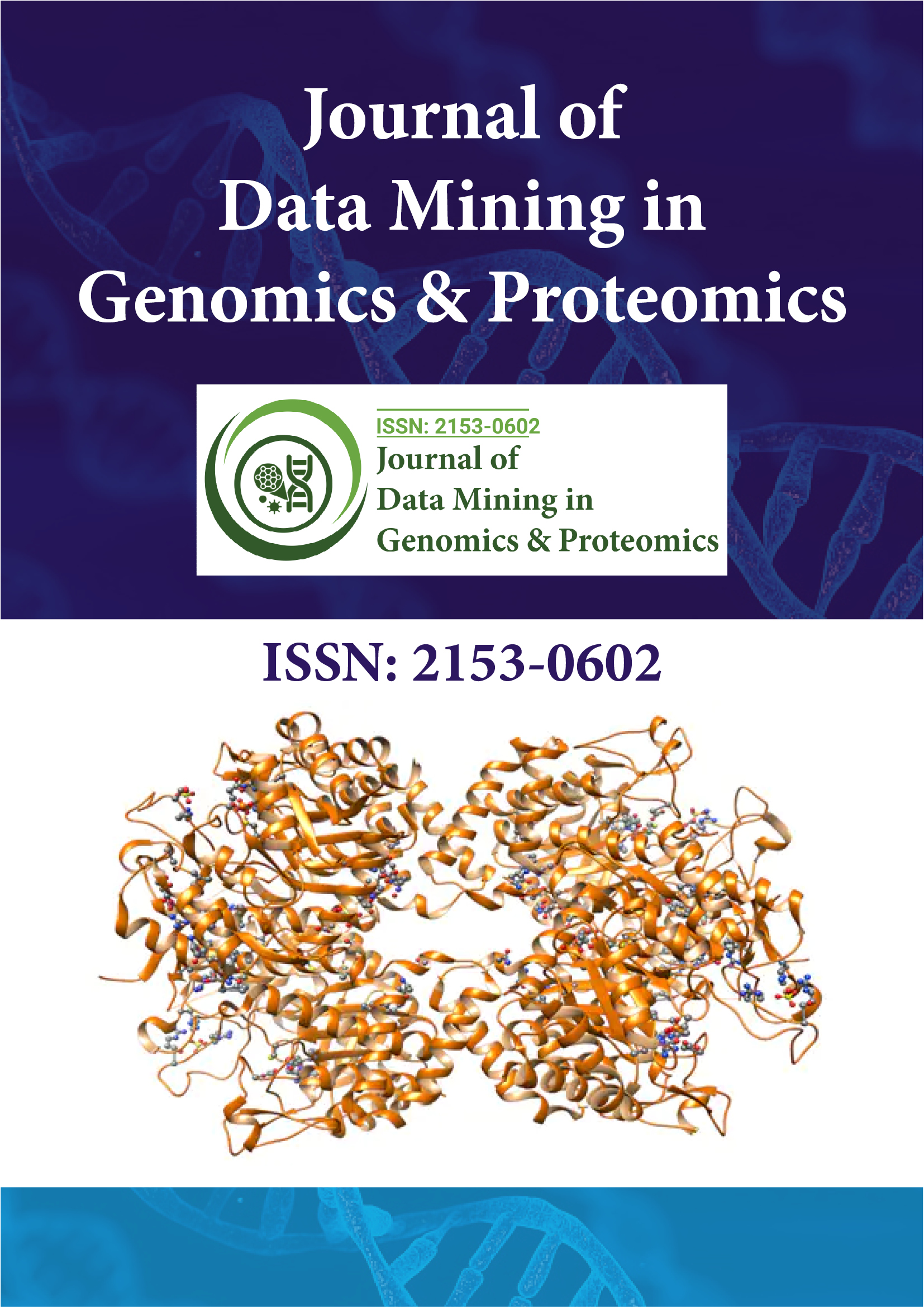索引于
- 学术期刊数据库
- 打开 J 门
- Genamics 期刊搜索
- 期刊目录
- 研究圣经
- 乌尔里希的期刊目录
- 电子期刊图书馆
- 参考搜索
- 哈姆达大学
- 亚利桑那州EBSCO
- OCLC-WorldCat
- 学者指导
- SWB 在线目录
- 虚拟生物学图书馆 (vifabio)
- 普布隆斯
- 米亚尔
- 日内瓦医学教育与研究基金会
- 欧洲酒吧
- 谷歌学术
分享此页面
期刊传单

抽象的
感染组学洞察外共生-内共生不平衡 (EESI) 在 HIV-1 和 SIV 感染中的作用
黄胜和和周彦宏
绝大多数微生物与宿主形成健康的共生“超生物体”。共生 (Sym) 有两种类型:外共生 (例如微生物群) 和内共生 (例如线粒体)。有人提出,外-内共生平衡 (EESB) 对维持宿主体内平衡有很大贡献。然而,微生物 (例如细菌和病毒病原体) 和非微生物因素 (例如药物滥用、饮食和/或生活方式) 引起的 EESB 改变会扰乱这种共生关系并引发疾病,例如炎症性肠病和获得性免疫缺陷综合征 (AIDS)。由人类免疫缺陷病毒 (HIV) 和猿猴免疫缺陷病毒 (SIV) 引起的进行性艾滋病的特点是全身性炎症、机会性感染和恶性疾病,这是由全身免疫激活介导的健康共生超生物体的破坏引起的。 HIV 和 SIV 感染都存在两种极端表型,包括大多数感染者和非自然灵长类宿主(即恒河猴,RMs)缓慢或快速发展为艾滋病(Pat:发病机制),而少数感染者和自然灵长类宿主(即乌白眉猴,SMs)不会发展为艾滋病(Sym)。最近,通过对 HIV/SIV 感染极端表型的感染组学研究表明,外共生和内共生障碍都会导致艾滋病的发展。EESB 在 HIV 感染的发病机制和治疗中的作用正变得越来越清晰。事实上,据报道 HIV/AIDS 中的微生物多样性、肠道菌群的丰度和组成以及线粒体功能发生了许多变化,这表明该疾病存在 EESB 问题。 HIV 病毒毒素被认为会利用线粒体来促进关键免疫细胞(例如 CD4 T 细胞)的有针对性的渐进性和不可阻挡的消耗,这是 HIV/SIV 感染的一个标志。这些发现支持了这样一种观点,即外向内向 Sym 失衡 (EESI) 可能在传染病的流行病学、发病机制和管理中发挥核心作用,包括由 HIV-1 和 SIV 引起的艾滋病。纠正 HIV/SIV 感染中的 EESI 问题可能导致对艾滋病的合理控制。